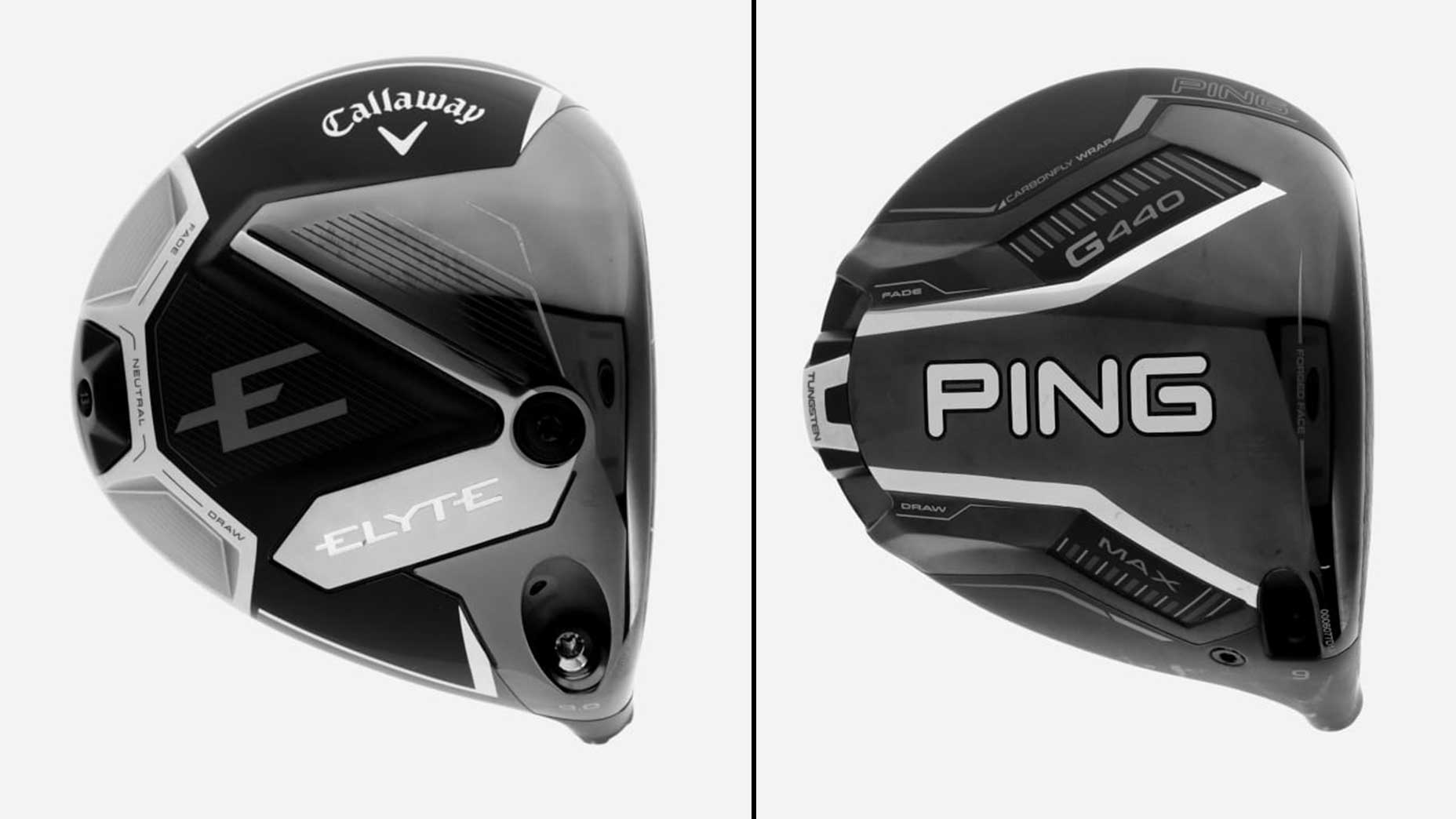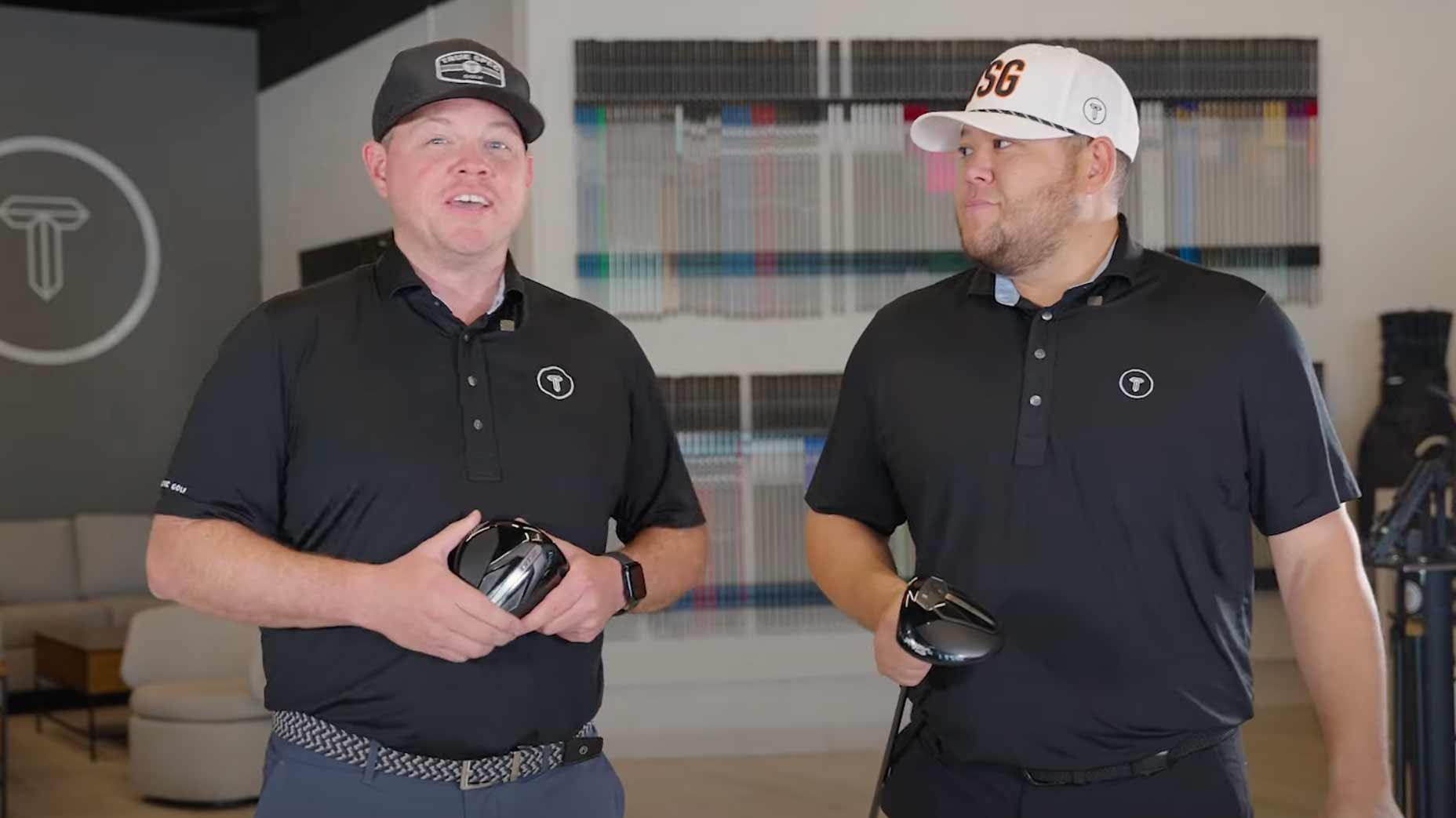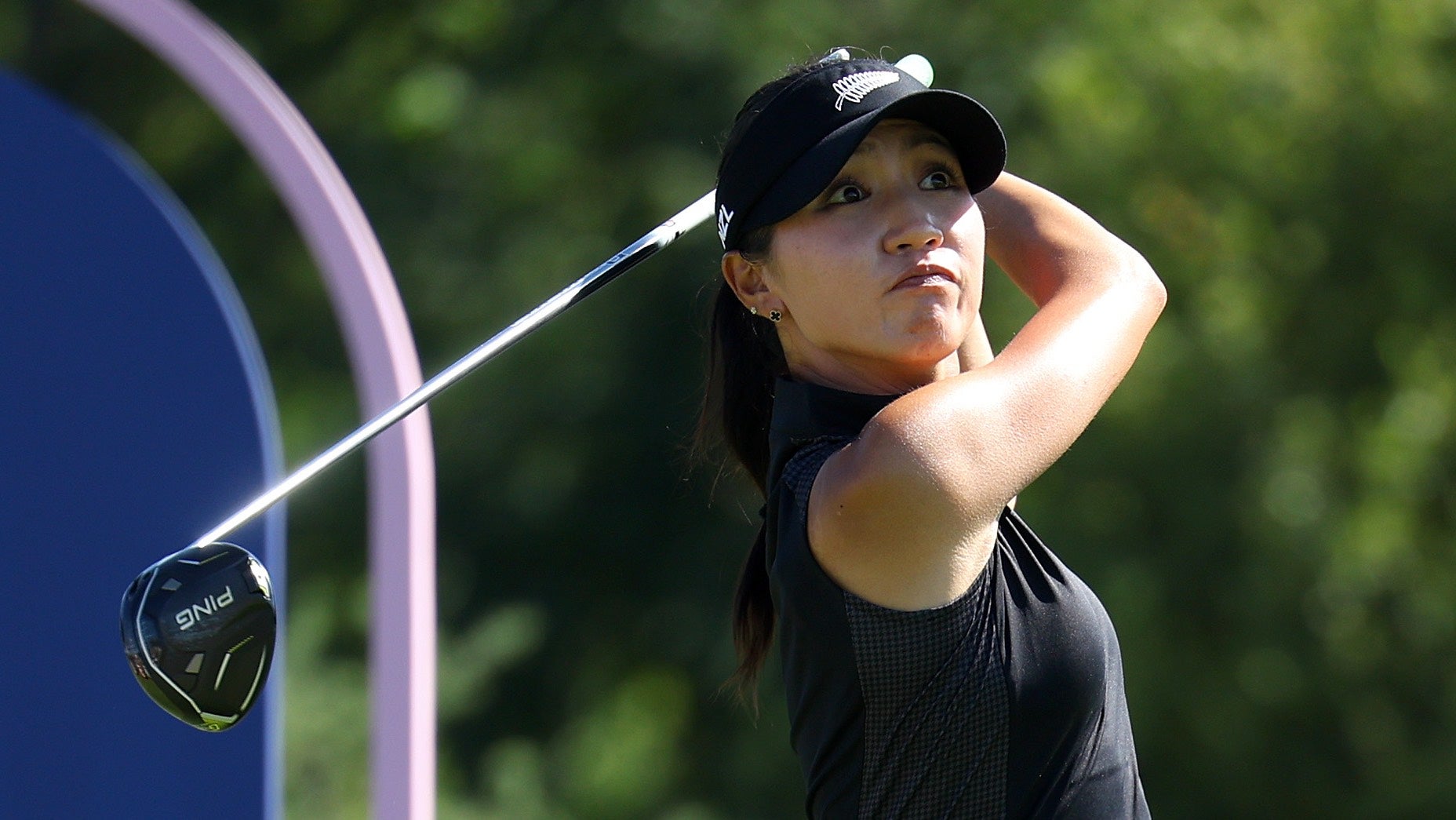ClubTest 2024: 18 new drivers tested and reviewed!
- Share on Facebook
- Share on Twitter
- Share by Email

Check out full reviews of 18 new drivers below.
CLUB PHOTOS: COURTESY; DESIGN: TANYA DESELM
For the latest edition of GOLF magazine’s ClubTest, we relied on a two-pronged approach to deliver valuable insights into the new crop of drivers so that you can make better informed purchasing decisions. Our own editors thoroughly tested all the new drivers from golf’s major manufacturers, and we completed extensive robot testing of each club with the help of Golf Laboratories founder Gene Parente.
Below you will find our full reviews and test results of 18 new drivers from the top manufacturers in the game. See something you like? Click through and buy your new driver on Fairway Jockey today. For additional exclusive robot-testing insights on new drivers from TaylorMade, Callaway, Ping, Cobra and other leading brands, join InsideGOLF for only $40/year.
MORE CLUBTEST: 22 NEW IRONS TESTED | 18 FAIRWAY WOODS REVIEWED | 13 HYBRIDS REVIEWED
Want to overhaul your bag for 2024? Find a fitting location near you at GOLF’s affiliate company True Spec Golf.
BEST NEW DRIVERS OF 2024
Callaway Paradym Ai Smoke Drivers
All of our market picks are independently selected and curated by the editorial team. If you buy a linked product, GOLF.COM may earn a fee. Pricing may vary.
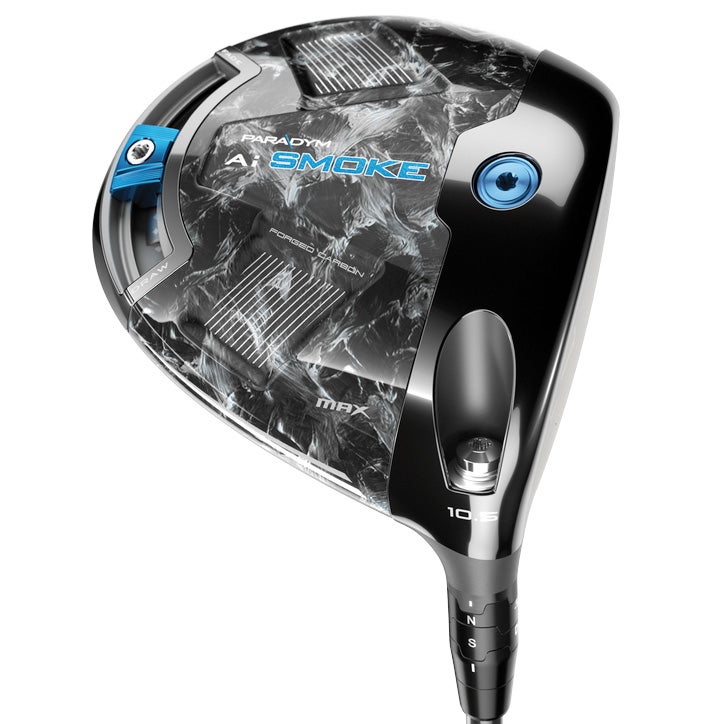



Callaway Paradym Ai Smoke Drivers
MODELS: Callaway Ai Smoke Max, Callaway Ai Smoke Max D, Callaway Ai Smoke Max Fast and Callaway Ai Smoke Triple Diamond
Callaway Paradym Ai Smoke’s stunning robot driver testing resultsBy: Jonathan Wall
NEED TO KNOW: The biggest innovation in Callaway’s new Paradym Ai Smoke lineup is the Ai Smart Face, which is designed from upwards of 50,000 face iterations — not to mention innumerable player-fitting data. The end result is a driver that caters to specific attack, path and face angle attributes for each model. Think of it as a “swing code” for your game.
The simulations and fitting data revealed golfers using the draw-biased Max D and lightweight Max Fast would most benefit from a face technology that favors an out-to-in path, slower swing speed and a downward attack with low heel to high toe misses. For golfers with a bit more speed in the tank who don’t necessarily find the center of the face, the Ai Smart Face on the Max is built for mid-speed, upward attack and a slightly out-to-in path. And for the better player on the higher end of the speed spectrum, the low-spin Triple Diamond caters to those who can move it with an even more upward angle of attack and neutral to slightly left path.
Club Comparison
READ THE FULL REVIEW OF CALLAWAY’S PARADYM AI SMOKE DRIVERS
Cleveland Launcher XL2 Drivers

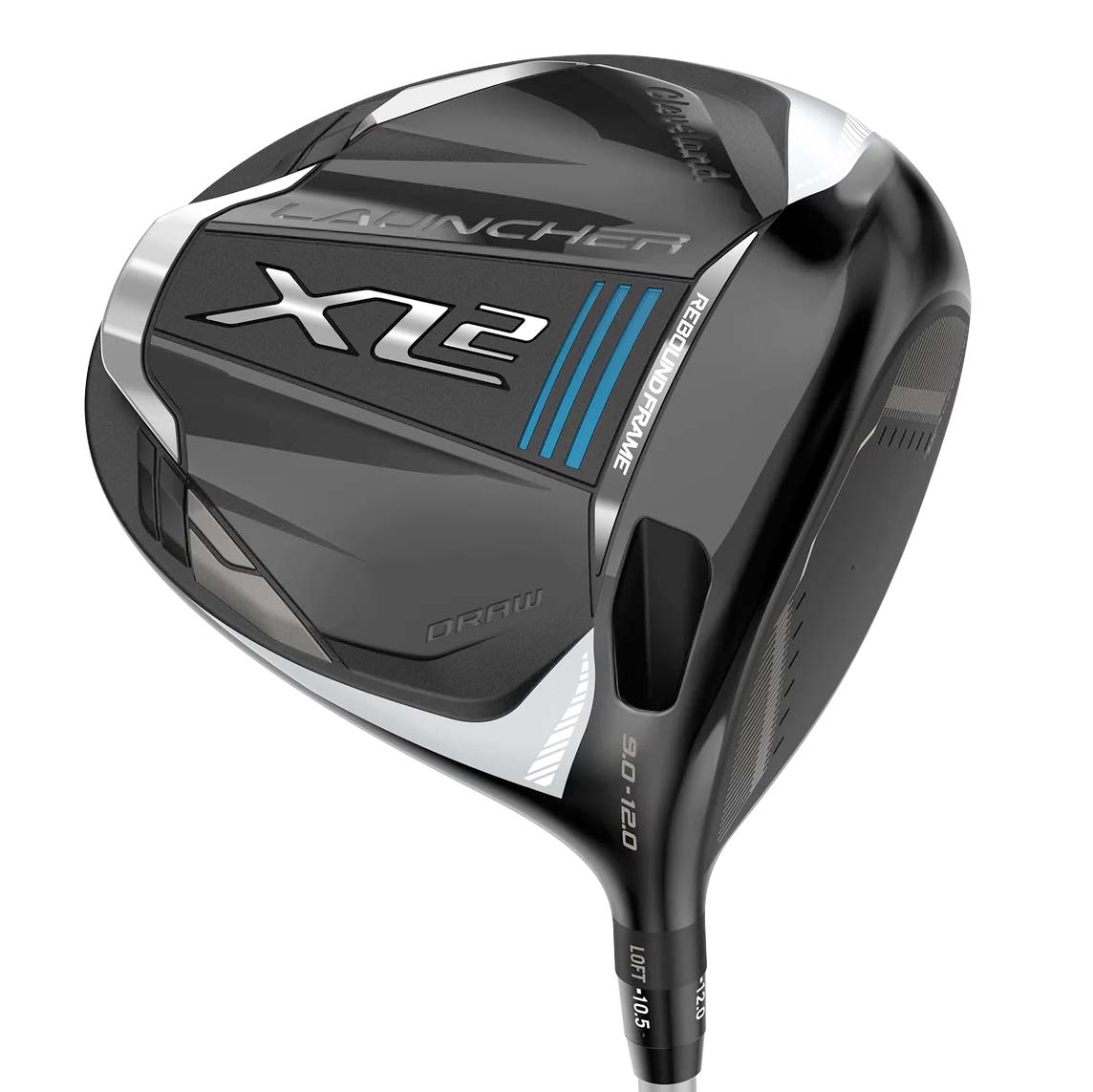
Cleveland Launcher XL2 Drivers
MODELS: Cleveland Launcher XL2 and Cleveland Launcher XL2 Draw
Cleveland Launcher XL2 excelled in 3 areas during robotic driver testingBy: Jonathan Wall
NEED TO KNOW: As far as technology is concerned the Cleveland Launcher XL2 and XL2 Draw models share the same platform but are configured to meet the needs of different golfers. The two big technologies are the A.I. designed mainframe XL variable face thickness to help increase the overall size of the effective sweet spot for higher ball speeds, and the rebound frame to help the entire driver head beyond the face flex to more efficiently transfer energy.
When Cleveland says XL for its Launcher XL2 drivers, they mean it. The geometry of the driver has been pushed to the limit to boost MOI (as mentioned 2 percent heel-to-toe and 12 percent top-to-bottom) which not only helps golfers hit more fairways but also helps inspire confidence behind the ball. This larger profile design is made possible because of the extremely lightweight all-titanium framework that makes up the head construction and also helps save weight to reposition it around the perimeter for as much forgiveness as possible.
Club Comparison
READ THE FULL REVIEW OF CLEVELAND’S LAUNCHER XL2 DRIVERS
Cobra Darkspeed Drivers



Cobra Darkspeed Drivers
MODELS: Cobra Darkspeed X, Cobra Darkspeed Max and Cobra Darkspeed LS
Cobra Darkspeed drivers excel in 4 areas, according to robot testingBy: Jonathan Wall
NEED TO KNOW: All three of the new Darkspeed drivers feature more aerodynamic shaping, a re-engineered PWR-Bridge structure behind the face (to help transfer energy and position mass) as well as a 13-percent larger PWRSHELL H.O.T. Face insert, which has been re-engineered with the help of A.I.
The drivers also feature a multi-material construction with lightweight carbon sole and crown plates to go along with the reinforced titanium body. The carbon fiber plates are 30 percent lighter than the titanium they replace and allow more discretionary weight to be positioned around the head for increased MOI. All of these technologies have been optimized for each of the models to deliver the maximum benefit to the target golfer, and each driver comes with Cobra’s MyFly adjustable hosel.
Club Comparison
READ THE FULL REVIEW OF COBRA’S DARKSPEED DRIVERS
Mizuno ST-G and ST-Max 230 Drivers

Mizuno ST-G 230 Driver
MODELS: Mizuno ST-G 230 and Mizuno ST-Max 230.
NEED TO KNOW: A lot of people forget that Mizuno was the first OEM to produce a driver with an adjustable sliding weight track, and although it has gone through a number of iterations, it is back with the 2024 ST-G to help adjust ball flight and dial-in spin. The sliding weight track isn’t the only adjustable technology either, because both the fairway woods and the driver are also outfitted with Mizuno’s quick switch adjustable hosel.
You need to hit the ball with something, and to help the face of the ST-G driver better deliver more energy across a larger area the engineers at Mizuno utilize a beta-rich Ti LFS material. This titanium alloy offers up a 9 percent higher tensile strength compared to SAT2041 which allowed designers to push the multi-thickness face geometry further.
Club Comparison
READ THE FULL REVIEW OF MIZUNO’S ST-G AND ST-MAX DRIVERS
Ping G430 Max 10K Driver

Ping G430 Max 10K Driver
MODELS: Ping G430 Max 10K
Ping’s G430 Max 10K driver shined in 3 areas during robot testingBy: Jonathan Wall
NEED TO KNOW: When it comes to drivers, Ping already has a robust lineup with the G430 series that features the LST, Max, and SFT. But with the new G430 Max 10K, they’re bringing together several key technologies and design features from the G430 family into one to create their most forgiving driver ever.
The dimensions of the driver (front to back and side to side) have been pushed to the USGA limit to boost the MOI. From there, the challenge becomes making a driver with such a large footprint appealing to the eyes. With the help of subtle geometry changes, Ping was able to make the G430 Max 10k easy to look at — and perhaps more importantly, to align. One other thing you’ll notice about the G430 Max 10K compared to the others in the G430 line is the lack of adjustable weighting. That’s because the 28-gram fixed weight in the rear of the club is designed to keep the center of gravity as low and as deep as possible.
Club Comparison
READ THE FULL REVIEW OF PING’S G430 DRIVERS
PXG 0311 Black Ops Drivers

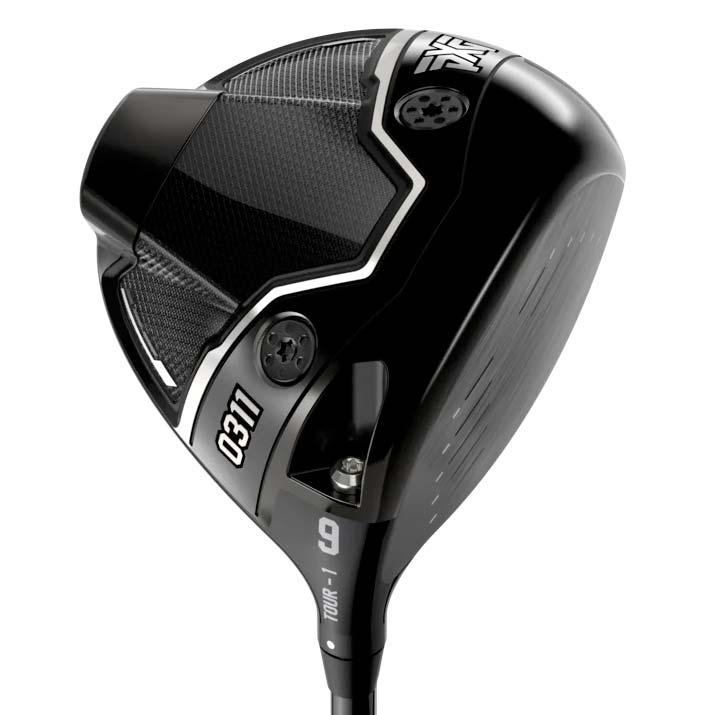
PXG 0311 Black Ops Drivers
MODELS: PXG 0311 Black Ops and PXG 0311 Black Ops Tour-1
How PXG Black Ops drivers fared in the latest round of robot testingBy: Jonathan Wall
NEED TO KNOW: The breakthrough advantage the Black Ops drivers have over the previous generation comes down to one simple thing — advanced material science, specifically when it comes to the driver’s face. The stronger yet more flexible titanium used in the face allows for greater compliance (fun engineering term for flex) which helps to generate more ball speed and less spin.
To test what PXG calls Advanced Material Face (AMF for short), they used it in the Gen6 driver instead of the stock T-412 titanium usually used in the face. The result was .5 mph faster ball speeds and 200 less RPM from the same head. That was the sign they were onto something. When combined with the new geometry of the Black Ops and Black Ops Tour-1 head, the robotic face polishing for precision control of the non-uniform bulge and roll face design (not to mention COR), and finally the weight-saving carbon composite panels, you get two drivers that are faster, lower spinning, more forgiving and powerful sounding to boot.
Club Comparison
READ THE FULL REVIEW OF PXG’S 0311 BLACK OPS DRIVERS
TaylorMade Qi10 Drivers



TaylorMade Qi10 Drivers
MODELS: TaylorMade Qi10, TaylorMade Qi10 Max and TaylorMade Qi10 LS
TaylorMade Qi10 is ideal for 1 miss, according to robotic driver testingBy: Jonathan Wall
NEED TO KNOW: When the original Stealth driver was introduced a few years ago, TaylorMade promised that they were putting titanium face drivers out to pasture. With the new Qi10 series, they are once again committing to that promise. The 60X layer carbon twist face is back with a new supporting structure on the inside of the head to further improve ball speed on mishits. The redesigned support structure that holds the face to the rest of the body has been engineered to flex more, a change that should help to produce higher ball speeds and better distance off the tee than the previous Stealth generation.
In addition, there’s more carbon than ever before, but as far as forgiveness and MOI are concerned, there is one more big change TaylorMade utilized in the Qi10 series: geometry. The original SIM was all about “Shape in Motion” to help lower spin and increase clubhead speed through aerodynamics. But the engineers at TaylorMade decided to make another change to the shape of the head with all three models, specifically the Qi10 MAX, to improve forgiveness across the board.
Club Comparison
READ THE FULL REVIEW OF TAYLORMADE’S Qi10 DRIVERS
XXIO 13 Driver
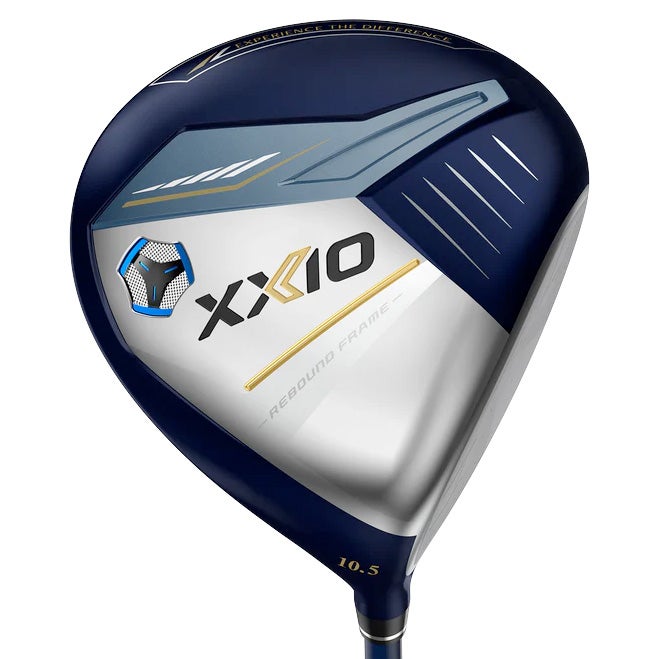
XXIO 13 Driver
MODEL: XXIO 13
NEED TO KNOW: As one of the leaders in the lightweight club space, XXIO has become a go-to option thanks, in large part, to specialized technologies designed solely to help moderate swing speed players.
The most prominent on the XXIO 13 driver (and woods) is a new BiFlex face that’s featured on both the XXIO 13 and XXIO 13 Ladies lineups. The frame around the face acts as a trampoline, strategically reinforcing specific locations along the perimeter to enhance ball speeds. The end result is a 125 percent higher coefficient of restitution (COR) area when compared to its predecessor, according to XXIO’s internal testing.
ActivWing, a stability-inducing technology that stabilizes the clubhead during the first part of the downswing, is another key piece of technology. Improving stability at a critical point in the swing leads to smoother and more stable acceleration through the ball, which is something the Dual ActiveWing accomplishes. Even better? The two raised sections on the heel side of the crown are visible tech — look for the trapezoidal features protruding from the crown, which, when aerodynamic forces are applied during the swing, helps to correct the face angle by 11 percent for fewer slices.
Club Comparison
READ THE FULL REVIEW OF THE XXIO 13 DRIVERS
Latest In Gear

Golf.com







